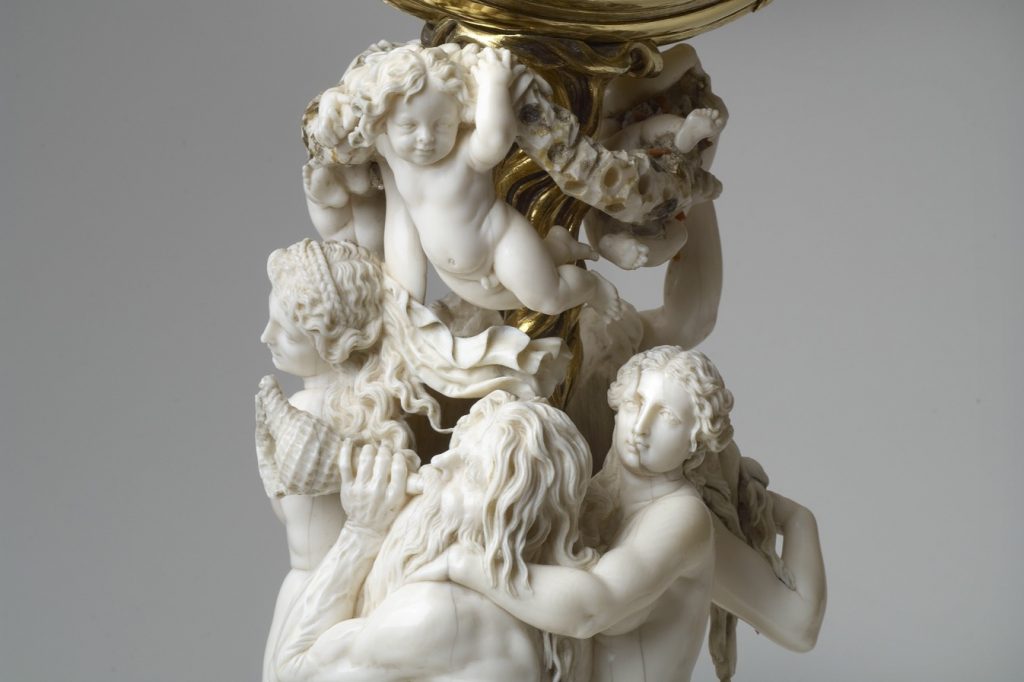SILVER, SALT, AND THE SEA. Landscapes of Making in Seventeenth-Century Antwerp
Christine Göttler (Bern)

The world of objects and artifacts is at the core of this project that investigates the imageries and imaginaries associated with precious metals and materials in seventeenth-century Antwerp. Among the objects discussed is a saltcellar produced circa 1628 by the Antwerp silversmith Jan Herck and the Augsburg sculptor Georg Petel, the latter following Rubens’s design of the triumph of Venus, born from the salty spume of the sea. Created with raw materials from largely colonial sources (elephant ivory from Africa; silver from the New World; coral, most probably from Genoa; pearls and shells, most probably traded through Lisbon) the precious artifact served as a container for salt, to which early modern natural philosophy, medicine, and alchemy attributed great significance as a life giving and life preserving substance. Like the work of the silversmith and the ivory carver, salt was considered a product of both nature and art; considerable labor (including forced labor) was needed to transform the crystallized salt into refined white salt. The study brings together the histories of craftsmanship, connoisseurship, collecting, and trade, and situates the history of Antwerp’s visual and material cultures in a context that takes into account its interactions with global narratives.
Contact: christine.goettler@ikg.unibe.ch